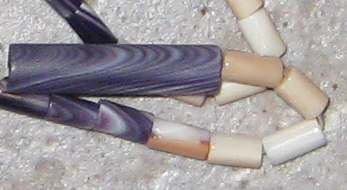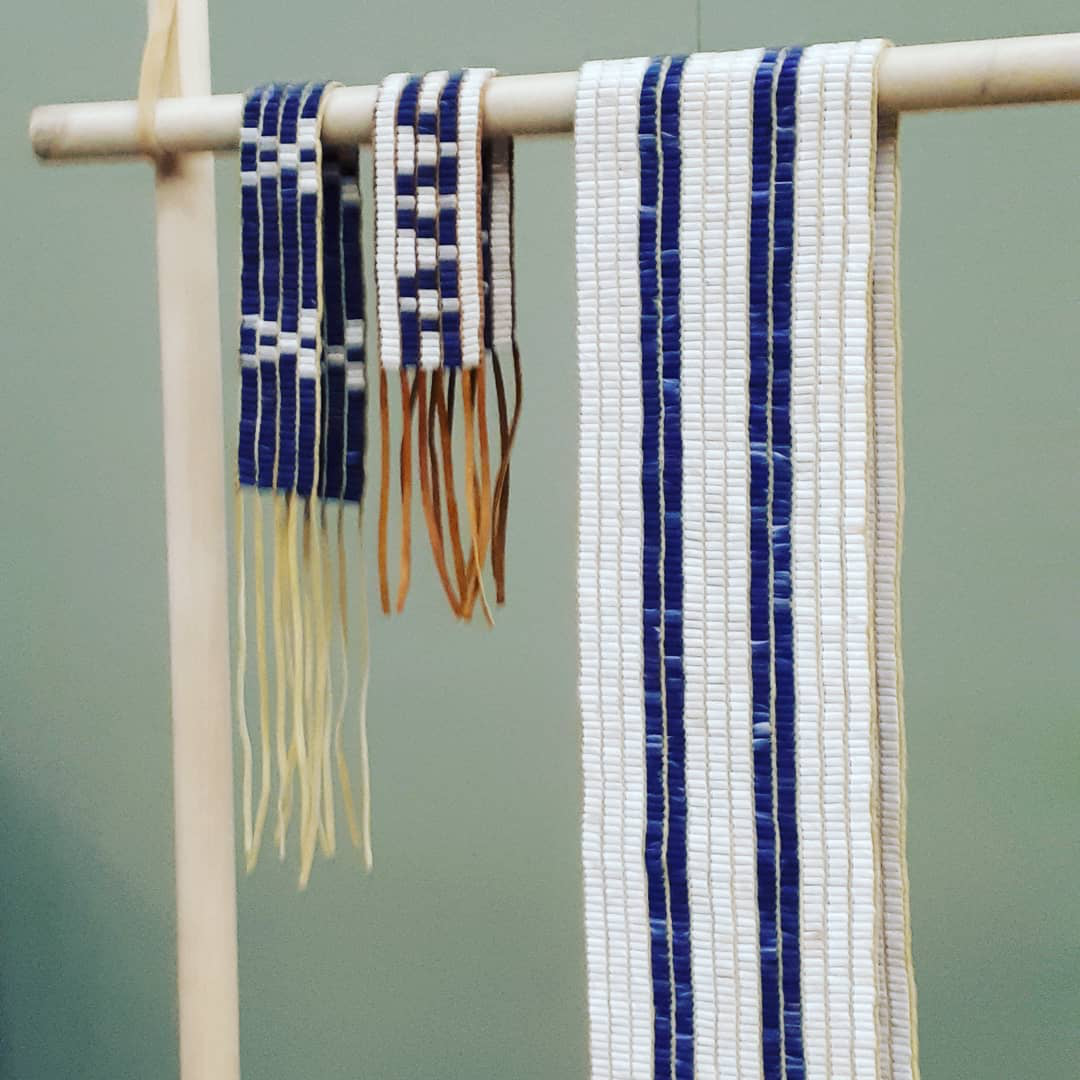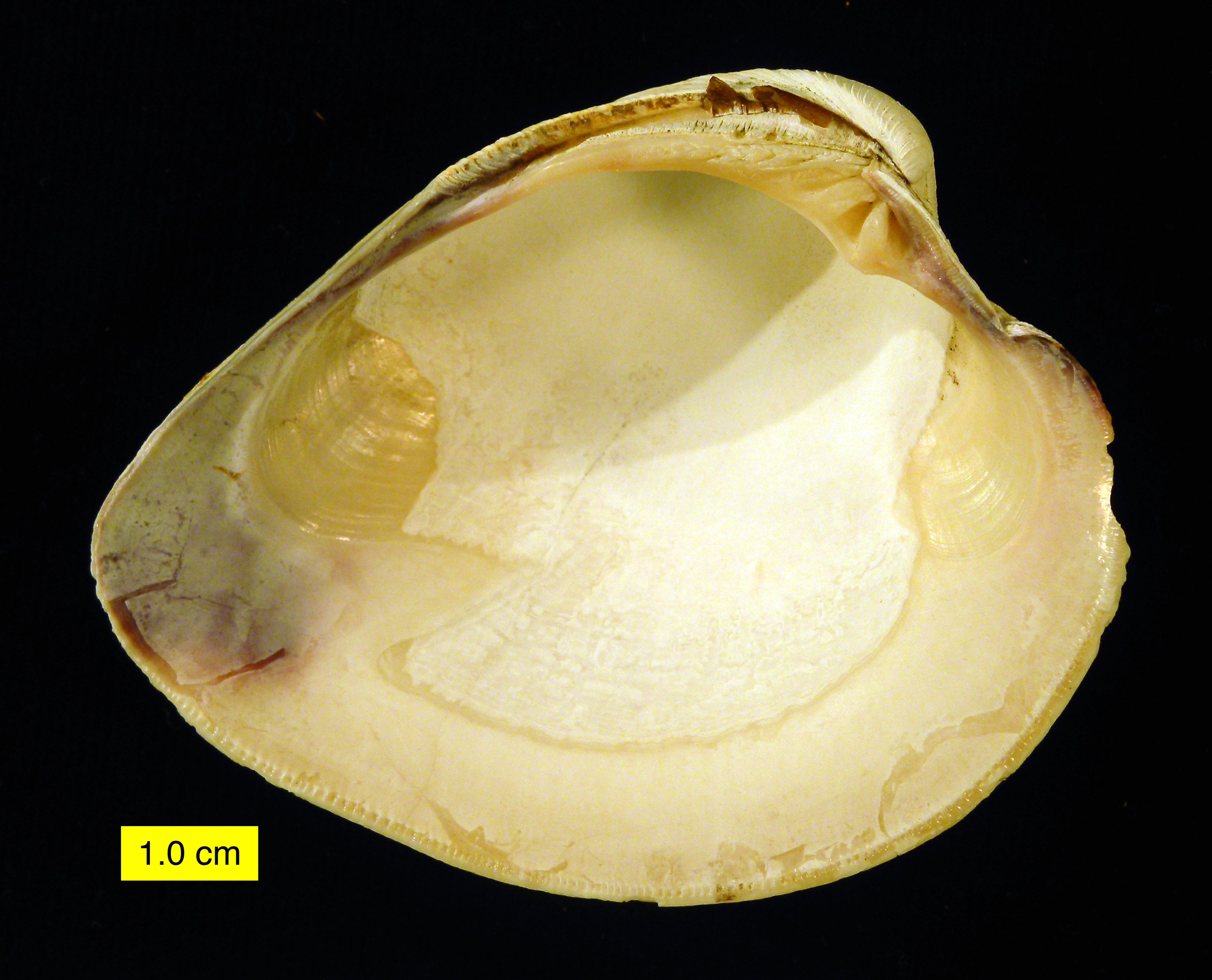|
Busycotypus Canaliculatus
''Busycotypus canaliculatus'', commonly known as the channeled whelk, is a very large predatory sea snail, a marine prosobranch gastropod, a busycon whelk, belonging to the family Busyconidae.Fraussen, K.; Rosenberg, G. (2012). Busycotypus canaliculatus (Linnaeus, 1758). Accessed through: World Register of Marine Species at http://www.marinespecies.org/aphia.php?p=taxdetails&id=160192 on 2012-08-30 Distribution This species is endemic to the eastern coast of the United States, from Cape Cod, Massachusetts to northern Florida. It has also been introduced into San Francisco Bay. Shell description Shells of the channeled whelk typically reach 5 to 8 inches in length. The shell is smooth and subpyriform (generally pear-shaped), with a large body whorl and a straight siphonal canal. Between the whorls there is a wide, deep channel at the suture, and there are often weak knobs at the shoulders of the whorls. Finely sculpted lines begin at the siphonal canal and revolv ... [...More Info...] [...Related Items...] OR: [Wikipedia] [Google] [Baidu] |
Carl Linnaeus
Carl Linnaeus (; 23 May 1707 – 10 January 1778), also known after his Nobility#Ennoblement, ennoblement in 1761 as Carl von Linné#Blunt, Blunt (2004), p. 171. (), was a Swedish botanist, zoologist, taxonomist, and physician who formalised binomial nomenclature, the modern system of naming organisms. He is known as the "father of modern Taxonomy (biology), taxonomy". Many of his writings were in Latin; his name is rendered in Latin as and, after his 1761 ennoblement, as . Linnaeus was born in Råshult, the countryside of Småland, in southern Sweden. He received most of his higher education at Uppsala University and began giving lectures in botany there in 1730. He lived abroad between 1735 and 1738, where he studied and also published the first edition of his ' in the Netherlands. He then returned to Sweden where he became professor of medicine and botany at Uppsala. In the 1740s, he was sent on several journeys through Sweden to find and classify plants and animals. In ... [...More Info...] [...Related Items...] OR: [Wikipedia] [Google] [Baidu] |
Whorl (mollusc)
A whorl is a single, complete 360° revolution or turn in the spiral growth of a mollusc shell. A spiral configuration of the shell is found in numerous gastropods, but it is also found in shelled cephalopods including '' Nautilus'', '' Spirula'' and the large extinct subclass of cephalopods known as the ammonites. A spiral shell can be visualized as consisting of a long conical tube, the growth of which is coiled into an overall helical or planispiral shape, for reasons of both strength and compactness. The number of whorls which exist in an adult shell of a particular species depends on mathematical factors in the geometric growth, as described in D'Arcy Wentworth Thompson's classic 1917 book '' On Growth and Form'', and by David Raup. The main factor is how rapidly the conical tube expands (or flares-out) over time. When the rate of expansion is low, such that each subsequent whorl is not that much wider than the previous one, then the adult shell has numerous whorls. W ... [...More Info...] [...Related Items...] OR: [Wikipedia] [Google] [Baidu] |
Sewant
Wampum is a traditional shell bead of the Eastern Woodlands tribes of Native Americans. It includes white shell beads hand-fashioned from the North Atlantic channeled whelk shell and white and purple beads made from the quahog or Western North Atlantic hard-shelled clam. In New York, wampum beads have been discovered dating before 1510.Dubin, Lois Sherr. ''North American Indian Jewelry and Adornment: From Prehistory to the Present''. New York: Harry N. Abrams, 1999: 170-171. . Before European contact, strings of wampum were used for storytelling, ceremonial gifts, and recording important treaties and historical events, such as the Two Row Wampum Treaty and the Hiawatha Belt. Wampum was also used by the northeastern Indigenous tribes as a means of exchange, strung together in lengths for convenience. The first colonists understood it as a currency and adopted it as such in trading with them. Eventually, the colonists applied their technologies to more efficiently produce wamp ... [...More Info...] [...Related Items...] OR: [Wikipedia] [Google] [Baidu] |
Channeled Whelk
''Busycotypus canaliculatus'', commonly known as the channeled whelk, is a very large predatory sea snail, a marine prosobranch gastropod, a busycon whelk, belonging to the family Busyconidae.Fraussen, K.; Rosenberg, G. (2012). Busycotypus canaliculatus (Linnaeus, 1758). Accessed through: World Register of Marine Species at http://www.marinespecies.org/aphia.php?p=taxdetails&id=160192 on 2012-08-30 Distribution This species is endemic to the eastern coast of the United States, from Cape Cod, Massachusetts to northern Florida. It has also been introduced into San Francisco Bay. Shell description Shells of the channeled whelk typically reach 5 to 8 inches in length. The shell is smooth and subpyriform (generally pear-shaped), with a large body whorl and a straight siphonal canal. Between the whorls there is a wide, deep channel at the suture, and there are often weak knobs at the shoulders of the whorls. Finely sculpted lines begin at the siphonal canal and revolve around ... [...More Info...] [...Related Items...] OR: [Wikipedia] [Google] [Baidu] |
Columella (gastropod)
The columella (meaning "little column") or (in older texts) pillar is a central anatomical feature of a coiled snail shell, a gastropod shell. The columella is often only clearly visible as a structure when the shell is broken, sliced in half vertically, or viewed as an X-ray image. The columella runs from the apex of the shell to the midpoint of the undersurface of the shell, or the tip of the siphonal canal in those shells which have a siphonal canal. If a snail shell is visualized as a cone of shelly material which is wrapped around a central axis, then the columella more or less coincides spatially with the central axis of the shell. In the case of shells that have an umbilicus, the columella is a hollow structure. The columella of some groups of gastropod shells can have a number of plications or folds (the columellar fold, plaits or plicae), which are usually visible when looking to the inner lip into the aperture of the shell. These folds can be wide or narrow, prominen ... [...More Info...] [...Related Items...] OR: [Wikipedia] [Google] [Baidu] |
Eastern Woodlands Tribes
The Eastern Woodlands is a cultural area of the indigenous people of North America. The Eastern Woodlands extended roughly from the Atlantic Ocean to the eastern Great Plains, and from the Great Lakes region to the Gulf of Mexico, which is now part of the Eastern United States and Canada. The Plains Indians culture area is to the west; the Subarctic area to the north. The Indigenous people of the Eastern Woodlands spoke languages belonging to several language groups, including Algonquian, Iroquoian, Muskogean, and Siouan, as well as apparently isolated languages such as Calusa, Chitimacha, Natchez, Timucua, Tunica and Yuchi. Many of these languages are still spoken today. Background The earliest known inhabitants of the Eastern Woodlands were peoples of the Adena and Hopewell cultures, the term for a variety of peoples, speaking different languages, who inhabited the Ohio and Mississippi river valleys between 800 BC and 800 AD, and were connected by trading and communicati ... [...More Info...] [...Related Items...] OR: [Wikipedia] [Google] [Baidu] |
Wampum
Wampum is a traditional shell bead of the Eastern Woodlands tribes of Native Americans. It includes white shell beads hand-fashioned from the North Atlantic channeled whelk shell and white and purple beads made from the quahog or Western North Atlantic hard-shelled clam. In New York, wampum beads have been discovered dating before 1510.Dubin, Lois Sherr. ''North American Indian Jewelry and Adornment: From Prehistory to the Present''. New York: Harry N. Abrams, 1999: 170-171. . Before European contact, strings of wampum were used for storytelling, ceremonial gifts, and recording important treaties and historical events, such as the Two Row Wampum Treaty and the Hiawatha Belt. Wampum was also used by the northeastern Indigenous tribes as a means of exchange, strung together in lengths for convenience. The first colonists understood it as a currency and adopted it as such in trading with them. Eventually, the colonists applied their technologies to more efficiently produce wa ... [...More Info...] [...Related Items...] OR: [Wikipedia] [Google] [Baidu] |
Hard Clam
The hard clam ('' Mercenaria mercenaria''), also known as the round clam, hard-shell (or hard-shelled) clam, or the quahog, is an edible marine bivalve mollusk that is native to the eastern shores of North America and Central America from Prince Edward Island to the Yucatán Peninsula. It is one of many unrelated edible bivalves that in the United States are frequently referred to simply as clams, as in the expression "clam digging". Older literature sources may use the systematic name ''Venus mercenaria''; this species is in the family Veneridae, the venus clams. Confusingly, the "ocean quahog" is a different species, ''Arctica islandica'', which, although superficially similar in shape, is in a different family of bivalves: it is rounder than the hard clam, usually has black periostracum, and there is no pallial sinus in the interior of the shell. Alternative names The hard clam has many alternative common names. It is also known as the Northern quahog, round clam, or cho ... [...More Info...] [...Related Items...] OR: [Wikipedia] [Google] [Baidu] |
Callinectes Sapidus
''Callinectes sapidus'' (from the Ancient Greek ,"beautiful" + , "swimmer", and Latin , "savory"), the blue crab, Atlantic blue crab, or regionally as the Chesapeake blue crab, is a species of crab native to the waters of the western Atlantic Ocean and the Gulf of Mexico, and introduced internationally. ''C. sapidus'' is of considerable culinary and economic importance in the United States, particularly in Louisiana, the Carolinas, the Chesapeake Bay, Delaware, and New Jersey. It is the Maryland state crustacean and the state's largest commercial fishery. Due to overfishing and environmental pressures some of the fisheries have seen declining yields, especially in the Chesapeake Bay fishery. Unlike other fisheries affected by climate change, blue crab is expected to do well; warming causes better breeding conditions, more survivable winters, and a greater range of habitable areas in the Atlantic coast. Whether this will have negative effects on the surrounding ecosys ... [...More Info...] [...Related Items...] OR: [Wikipedia] [Google] [Baidu] |
Nocturnal
Nocturnality is an animal behavior characterized by being active during the night and sleeping during the day. The common adjective is "nocturnal", versus diurnal meaning the opposite. Nocturnal creatures generally have highly developed senses of hearing, smell, and specially adapted eyesight. Some animals, such as cats and ferrets, have eyes that can adapt to both low-level and bright day levels of illumination (see metaturnal). Others, such as bushbabies and (some) bats, can function only at night. Many nocturnal creatures including tarsiers and some owls have large eyes in comparison with their body size to compensate for the lower light levels at night. More specifically, they have been found to have a larger cornea relative to their eye size than diurnal creatures to increase their : in the low-light conditions. Nocturnality helps wasps, such as '' Apoica flavissima'', avoid hunting in intense sunlight. Diurnal animals, including squirrels and songbirds, are ac ... [...More Info...] [...Related Items...] OR: [Wikipedia] [Google] [Baidu] |
Subtidal
The neritic zone (or sublittoral zone) is the relatively shallow part of the ocean above the drop-off of the continental shelf, approximately in depth. From the point of view of marine biology it forms a relatively stable and well-illuminated environment for marine life, from plankton up to large fish and corals, while physical oceanography sees it as where the oceanic system interacts with the coast. Definition (marine biology), context, extra terminology In marine biology, the neritic zone, also called coastal waters, the coastal ocean or the sublittoral zone, refers to that zone of the ocean where sunlight reaches the ocean floor, that is, where the water is never so deep as to take it out of the photic zone. It extends from the low tide mark to the edge of the continental shelf, with a relatively shallow depth extending to about 200 meters (660 feet). Above the neritic zone lie the intertidal (or eulittoral) and supralittoral zones; below it the continental slope begin ... [...More Info...] [...Related Items...] OR: [Wikipedia] [Google] [Baidu] |
Intertidal
The intertidal zone, also known as the foreshore, is the area above water level at low tide and underwater at high tide (in other words, the area within the tidal range). This area can include several types of habitats with various species of life, such as seastars, sea urchins, and many species of coral with regional differences in biodiversity. Sometimes it is referred to as the ''littoral zone'' or '' seashore'', although those can be defined as a wider region. The well-known area also includes steep rocky cliffs, sandy beaches, bogs or wetlands (e.g., vast mudflats). The area can be a narrow strip, as in Pacific islands that have only a narrow tidal range, or can include many meters of shoreline where shallow beach slopes interact with high tidal excursion. The peritidal zone is similar but somewhat wider, extending from above the highest tide level to below the lowest. Organisms in the intertidal zone are adapted to an environment of harsh extremes, living in water pr ... [...More Info...] [...Related Items...] OR: [Wikipedia] [Google] [Baidu] |








